Creating Bootable Windows 10 Media
After downloading the Windows 10 .iso file, you can create a USB boot drive for installation purposes.
Note: Ensure your USB device has at least 8 GB of storage.
The tools you can use include:
Rufus
- Download Rufus here for free.
- Scroll down to the Download section and get the latest version of Rufus.
- Insert the USB drive and launch the Rufus program.
- Click Select and locate the Windows 10 .iso file you want to use.
- Click Start to begin.
- Once the process completes (progress bar reaches 100%), click Close. Your USB drive is now ready for Windows 10 installation.
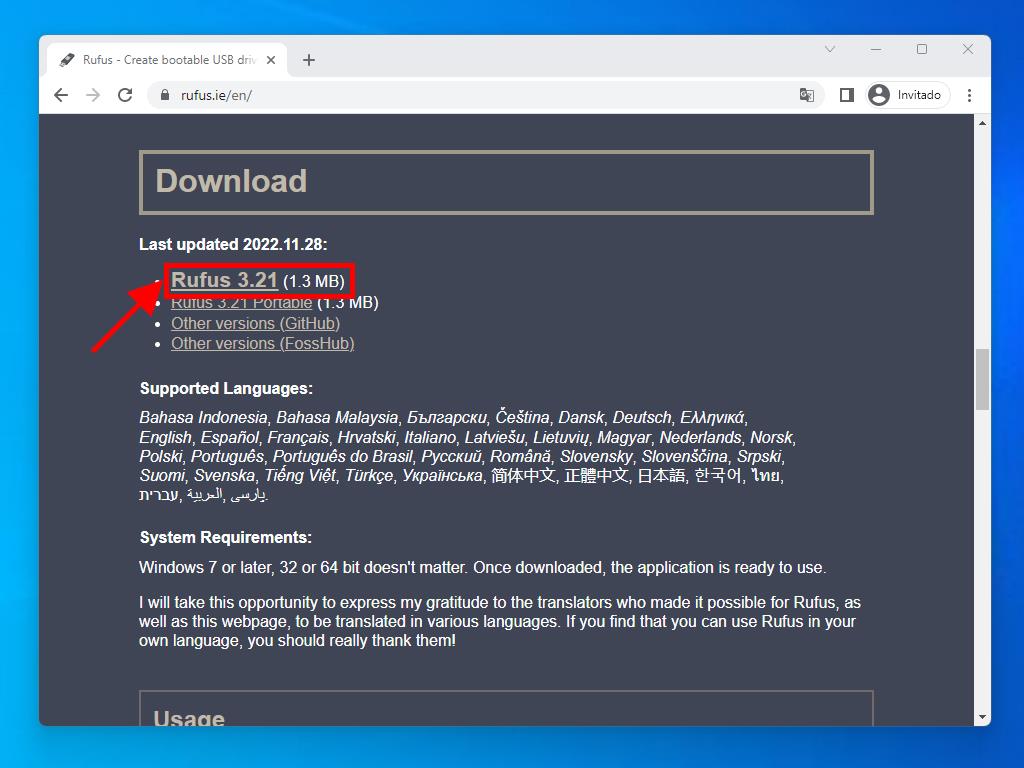
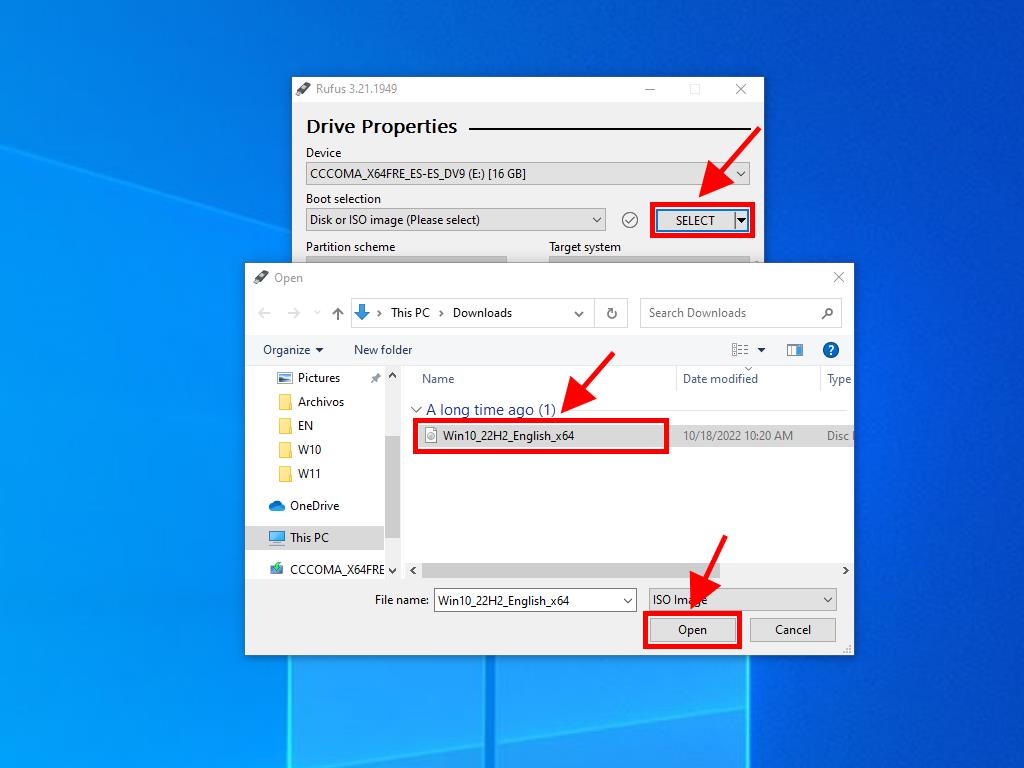
Note: When the Customize Windows Installation window appears, select Disable Data Collection and wait for Rufus to create the bootable USB drive.

Note: If your PC is post-2020, select the GPT partition scheme. For older PCs, choose MBR.

MediaCreationTool
- Download MediaCreationTool here for free.
- Agree to the terms and conditions to install it.
- After accepting the terms, a window will prompt you to select Create installation media. Click Next.
- Then, choose the language, edition, and architecture options.
- Click Next and you'll see two options: USB flash drive or .iso file.
- Ensure your USB drive is connected and click Next to start the download and setup process.
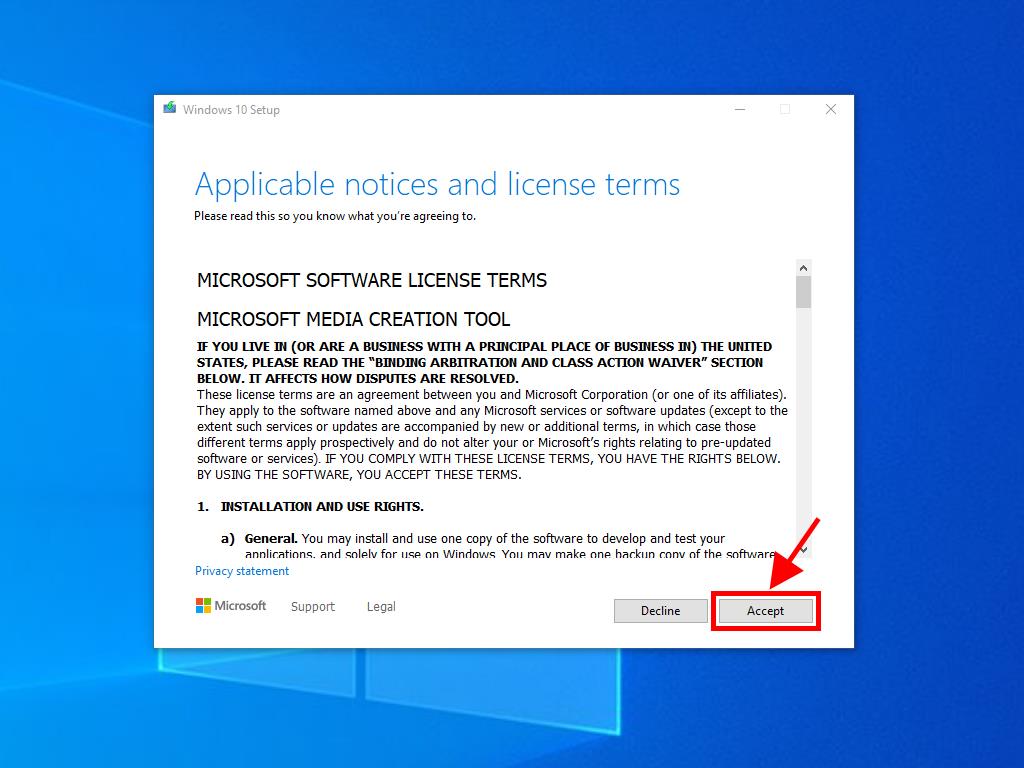
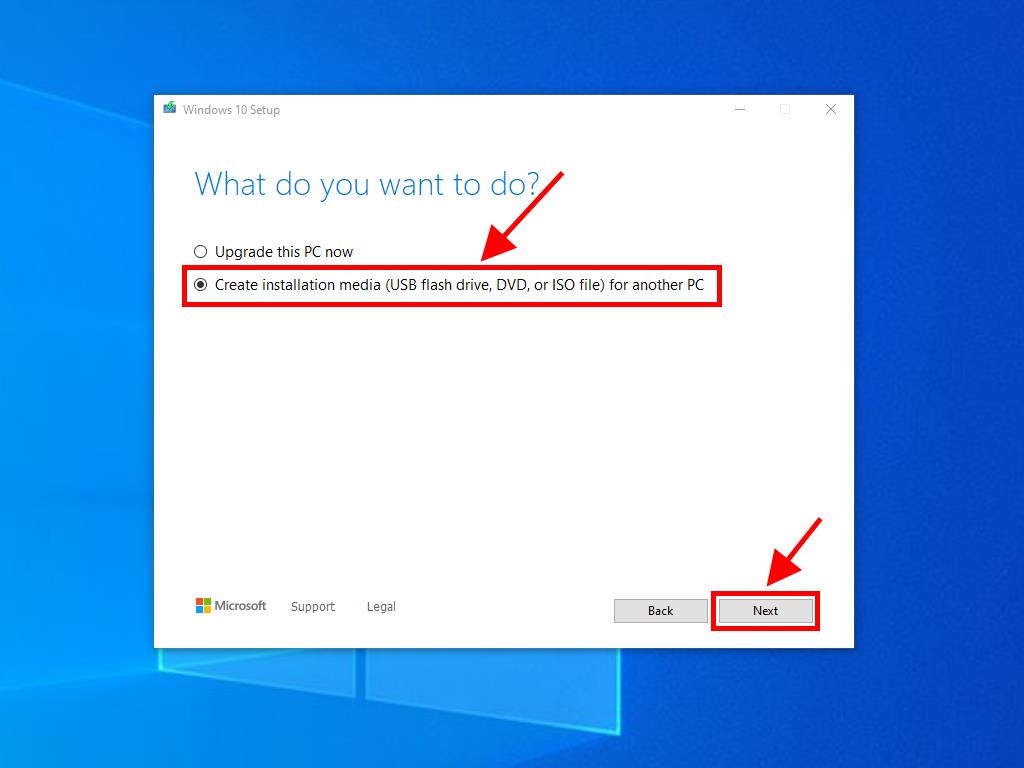
Note: If the default language or edition isn't suitable, uncheck the use the recommended options for this PC box to select your preferred settings.
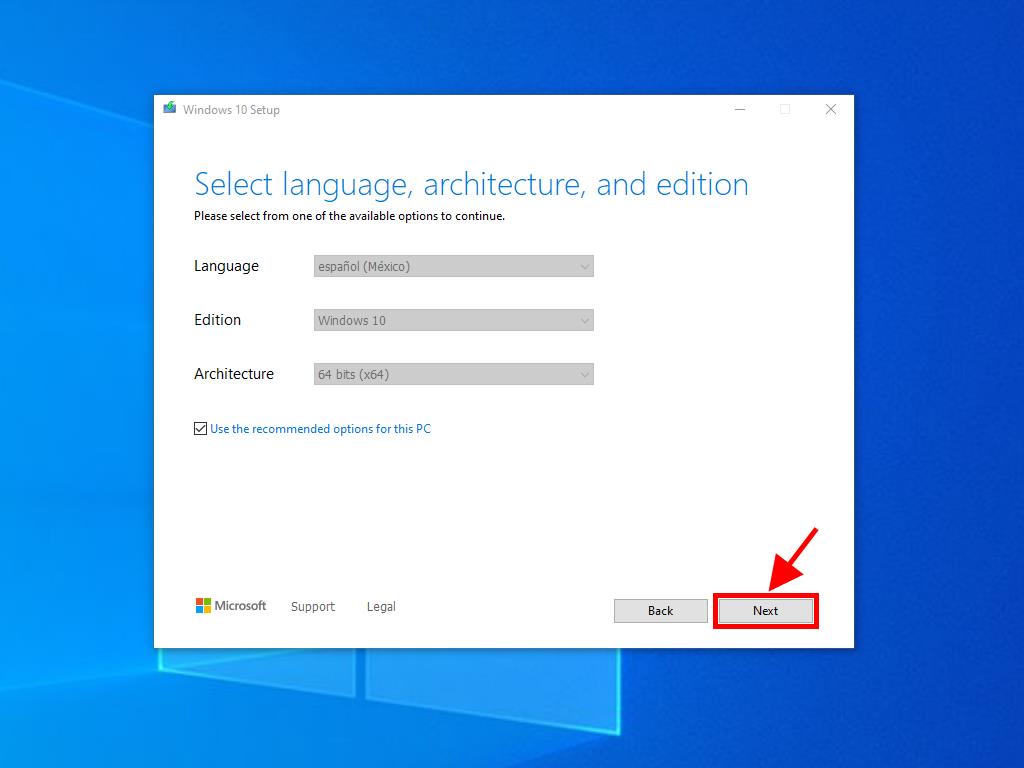
Notes: If your USB drive isn't detected, restart the tool without disconnecting the USB. Save all data on the USB drive as it will be erased.
 Sign In / Sign Up
Sign In / Sign Up Orders
Orders Product Keys
Product Keys Downloads
Downloads

 Go to United States of America - English (USD)
Go to United States of America - English (USD)